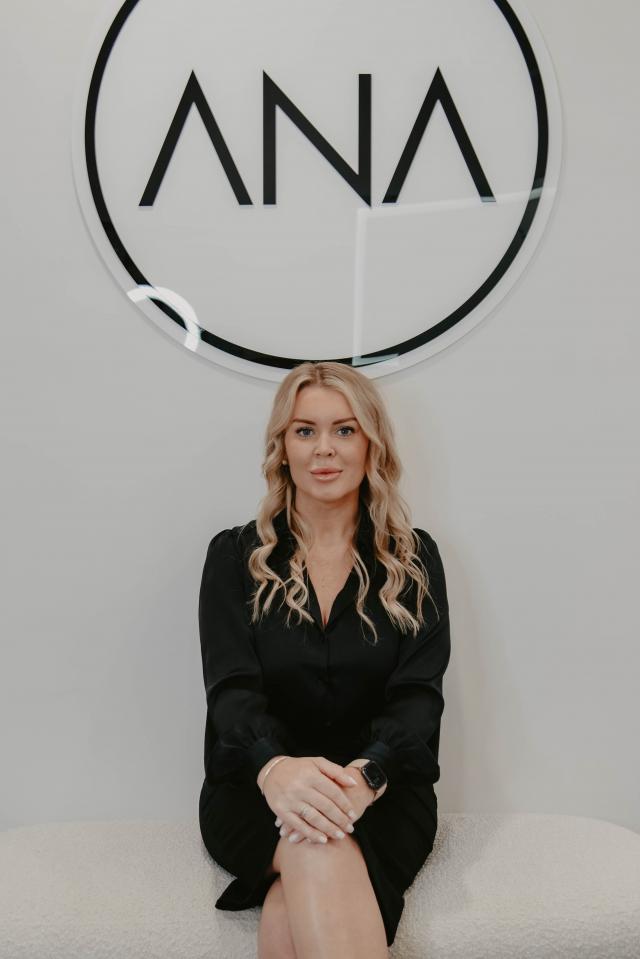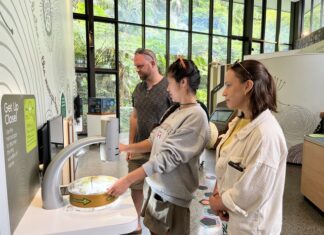
The owner of a popular Noosaville cosmetic clinic says a crackdown on Australia’s cosmetic surgery industry has created a divide amongst health practitioners.
More than a year after an independent review into cosmetic surgery provided a foundation to reform the industry, and the Australian Health Practitioner Regulation Agency (AHPRA) and the Medical Board of Australia (MBA) are implementing the review’s recommendations to improve public safety.
As that work continues, the regulators’ focus widened to introduce stronger safeguards for the booming non-surgical cosmetic procedures sector, including new guidelines for registered practitioners performing and advertising aesthetic treatments.
The Therapeutic Goods Administration (TGA) sent out a clarification letter in January this year to those in the industry, confirming changes to the way services can be advertised.
The TGA have banned the use of customer testimonials, before and after photos, and the use of generic terms like anti-wrinkle treatments and lip filler.
Aimee Browne, registered nurse and owner of popular Noosaville cosmetic clinic, Aesthetic Nurse Aimee, has been helping her clients achieve their aesthetic goals for the past five years.
She said it’s unfortunate the lines have been blurred by a minority of ‘cosmetic cowboys’.
“What I’ve noticed since the changes is it has brought a divide amongst us health practitioners in the industry,” Aimee said.
“We are all frustrated by the changes and the impact it has on our businesses and our ability to educate our patients, but there is now a ‘fear mongering’ feeling in the air and it is well known that health practitioners are now ‘dobbing’ on each other for slight innocent breaches of these new guidelines.
“Our patients undergo a thorough consultation before any procedure involving prescription medication. All common and rare risks are explained in a serious nature.
“As a registered nurse, I work alongside doctors including cosmetic physicians who oversee all of my procedures including a thorough Telehealth call with each patient to confirm they are suitable for treatment and are aware of all risks.”
Aimee said she’s currently in the process of spending thousands of dollars having her website re-done and reviewing all previous social media posts.
“I haven’t been posting about any cosmetic injectable procedures as I’m too scared I’ve deciphered the new guidelines incorrectly and it’s as simple as one of my posts being screenshotted and sent to the TGA or reported to AHPRA. This can then result in fines of up to $150,000 or suspension of my registration,” she said.
“I’m lucky enough that since starting my business I have a database of 2000 patients, so I rely on word of mouth rather than advertising. However I utilise my social media and website to be transparent and keep patients informed.”
The cosmetic treatment industry estimates Australians collectively spend more than one billion dollars a year on non-surgical procedures ranging from anti-wrinkle injections, fillers and botulinum toxin products such as Botox injections, to fat dissolving injections and thread lifts performed by doctors, nurses, dentists and other health practitioners.
AHPRA chief executive officer Martin Fletcher said, “Getting these services is not like getting a haircut – these procedures come with risk.”
“We want to ensure the public knows what safe practice looks like, and that practitioners are doing everything necessary to keep the public safe.”







